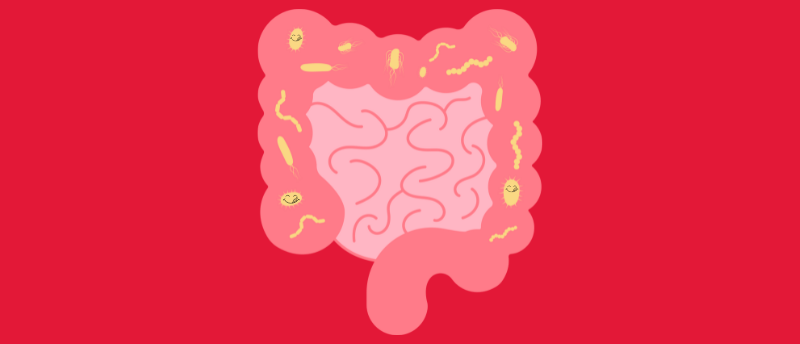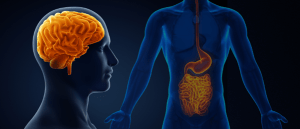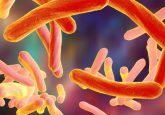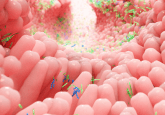Gut microbe eats cholesterol for dinner

Researchers have discovered bacteria in the gut that lower cholesterol levels.
High cholesterol is one of the most significant risk factors for cardiovascular disease (CVD), a leading cause of death globally. Now, researchers from the Broad Institute of MIT and Harvard along with Massachusetts General Hospital (all MA, USA) have discovered that a species of bacteria that is found in some people’s gut microbiome can break down cholesterol, lowering cholesterol levels and the risk of CVD. The team also identified the mechanism by which the bacteria break down cholesterol, opening the door to targeted interventions.
Trillions of microbes reside in your gut, forming an internal ecosystem referred to as the gut microbiome. A growing body of research has linked the gut microbiome to a range of diseases, including CVD. However, scientists have not yet been able to target these connections with therapies because the metabolic pathways in the gut are not yet completely understood.
To address this, the Broad team set out to use multi-omic profiling to gain a more detailed picture of the influence of gut microbes on metabolism. They utilized shotgun metagenomic sequencing, which profiles all microbial DNA in a sample, combined with metabolomics, which measures the levels of known and unknown metabolites in a sample, to study stool samples from the Framingham Heart Study.
The team found more than 16,000 associations between microbes and metabolic traits. One association was particularly strong: people with several species of bacteria from the Oscillibacter genus had lower cholesterol levels than those without the bacteria, indicating that the bacteria may be key to breaking down cholesterol.
 Characterizing metabolite messengers: how the gut and brain communicate
Characterizing metabolite messengers: how the gut and brain communicate
How do gut microbes communicate with the brain? A new study used a novel tool to characterize and evaluate the compounds that microbes produce, called metabolites, to find out.
To establish the biochemical pathway the microbes use to break down cholesterol, the team cultured the bacteria and used mass spectrometry to identify the most likely byproducts of cholesterol metabolism in the bacteria. They found that the species in the Oscillibacter genus converted cholesterol to intermediate products, which are then broken down by other bacteria and excreted from the body.
The team utilized machine learning models to identify the enzymes responsible for the biochemical conversion and detected them, along with cholesterol breakdown products, in specific Oscillibacter strains in the lab.
During their research, the team discovered a bacterial species named Eubacterium coprostanoligenes that also plays a role in lowering cholesterol levels. The team had previously found that this particular species carries a gene that is involved in cholesterol metabolism. They further found that Eubacterium may work in conjunction with Oscillibacter to lower cholesterol levels. This suggests that new experiments that investigate combinations of different bacterial species could help researchers better understand how diverse microbial communities interact to impact human health.
The discovery of enzymes involved in cholesterol metabolism in the gut may lead to the identification of similar metabolic pathways impacted by gut microbes, which can be targeted therapeutically.
“There are many clinical studies trying to do fecal microbiome transfer studies without much understanding of how the microbes interact with each other and the gut,” commented co-first author of the study Chenhao Li. “Hopefully stepping back by focusing on one particular bug or gene first, we’ll get a systematic understanding of gut ecology and come up with better therapeutic strategies like targeting one or a few bugs.”





